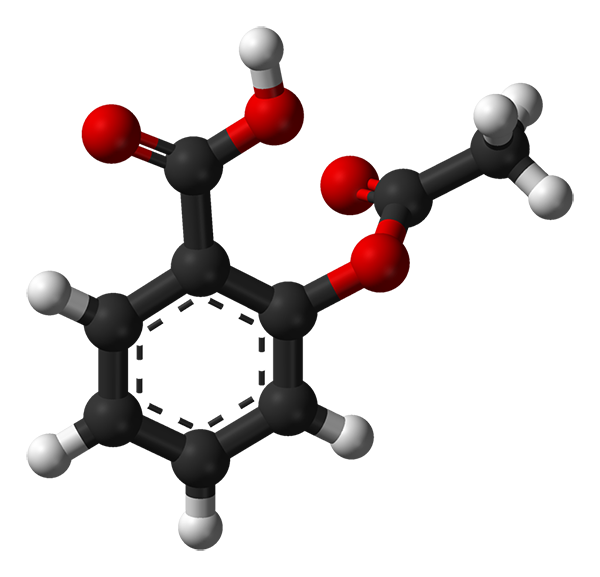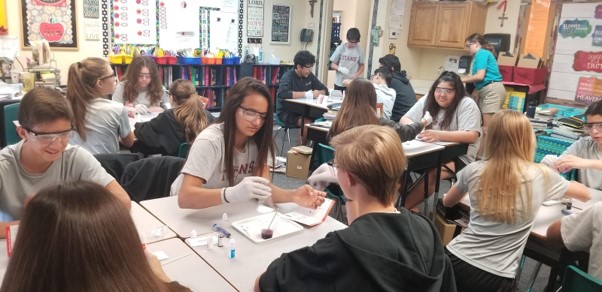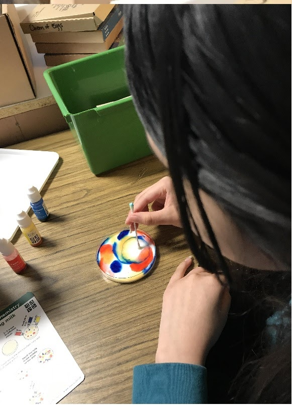Why do many drugs have multiple actions?
If you read the notes that come with the drugs, prescribed by your doctor, you may have noticed that many of them are usually used to cure multiple medical conditions. For example, aspirin, that became available in form of tablets exactly 100 years ago, is used as a mild painkiller, anti-inflammatory drug or to reduce fever. There are some indications that aspirin can even help to prevent heart attack and stroke. What is the mechanism by which aspirin acts and how could one biologically active compound be used to help in different medical conditions?
History of aspirin
Despite the fact that aspirin powder was first used by the pharmacists only 150 years ago, it was actually used since antiquity. Greek physician Hippocrates wrote that extracts from willow bark could be used to treat headaches, other pains and fever. These extracts, as we now know, contained active compounds similar to aspirin. These compounds were first isolated in 1763 and since 1875 the active compound similar to aspirin was sold as a painkiller. Initially it had some adverse effects which were overcome in 1897 when German chemist Felix Hoffmann synthesised a more suitable form of the drug, acetylsalicylic acid, which he called aspirin. Interestingly, Hoffman had personal reasons to improve the way aspirin worked, because his father, who took salicylates to treat arthritis, could no longer use this drug because of its adverse effect. Since then aspirin became one of the most widely used drugs in the world. Aspirin was found to not only reduce pain, inflammation and fever, but in some cases, it helped to prevent heart-attack, stroke and even some forms of cancer. How could that be?

What do inflammation and heart attacks have in common?
Recall that our body consists of myriads of cells. There are many different types of cells and each cell type has its own function. These cells are not isolated and talk to each other by sending and receiving messages in form of so-called signalling molecules. Biologists have studied these molecules and mechanisms of their action for nearly a hundred years and they have found that same molecules are frequently involved in multiple biological processes. It turned out that processes such as inflammation, pain and blood clogging that causes heart attack, involve biological reactions that share the same signalling molecules.
Firstly, let us consider inflammation and pain. Both are bodily reactions to something that happens within us. Inflammation is our immune system’s response to tissue damage and infection. Its main function is to restore the damaged tissue. Although inflammation is required to fix the tissue damage, sometimes our immune system may overreact and we need to take anti-inflammatory drugs, such as aspirin, to calm it down. Pain on the other hand, serves to inform our body that something is wrong. Both inflammation and pain are triggered when some cells in our body are damaged. The damaged cells release special molecules that trigger inflammation and cause pain.
Find out more about inflammation in this video:
These signalling molecules, called prostaglandins, were first discovered in 1937 and their role in inflammation was shown by British pharmacologist John Robert Vane, who was awarded Nobel Prize for this. Prostaglandins are small hormone-like molecules that are released by damaged cells and act on nearby cells in different ways. They cause nerve cells responsible for pain sensation to send signals to the brain, which causes pain but also make our immune system to react and start repairing damaged tissue by attracting appropriate cells, involved in this process.
What does this have in common with heart attack? Heart attack frequently happens because off clogged arteries caused by special colourless blood cells, sticking together. These blood clots cause severe narrowing of the arteries, which in turn leads to heart attack. The stickiness of the blood cells is regulated by signalling molecules, called thrombaxanes. Both thrombaxanes and prostaglandins require activation of a special enzyme for their production and aspirin prevents this enzyme from being activated.
Aspirin and other medical conditions
You see now that aspirin, blocking production of two small different molecules can affect different biological processes. But this is not the end of the story. It turns out, that prostaglandins play an important role in many other processes. For example, they help cancer cells to avoid being attacked by the immune system. Again, aspirin, by preventing production of the signalling molecules prostaglandins, may affect cancer. Does it mean that we should all start taking aspirin daily? No! Aspirin may cause severe adverse effects and the disadvantages may outweigh the advantages and vary for each person.
Find out more about mechanisms of pain-killers in this video:
See also

CASE STUDY - 8th Grade students at St Timothy's Catholic School use MEL Chemistry to enhance their science lessons
Saint Timothy Catholic School in Mesa is committed to promoting academic excellence in each child it looks after. They encourage self-discipline, self-respect, and respect for others. They understand the importance of engaging students in a comprehensive and relevant curriculum. As a result, the middle school science teacher from St. Timothy Catholic School is using MEL Chemistry subscriptions to enhance and expand their range of learning activities.

CASE STUDY - MEL Chemistry allowing pupils to reach their full potential
The Empower Learning Center is the Alternative Learning Program (ALP) within the Hinckley-Finlayson School District. They offer non-traditional education options for students ages 16-21 in their daytime program, night school for traditional high school students who need to make up credits, and night school for adults 18 and older who would like to complete their diploma or equivalency.
The school was seeking engaging, hands-on chemistry kits to make their science classes more interactive, and to help their students understand key science concepts and achieve their full potential in chemistry.

CASE STUDY - MEL Chemistry at Lund International School, Sweden
Emma Taylor, a science teacher at Lund International School (Sweden), has chosen MEL Chemistry sets as the best option for her students’ science classes. In Lund International School, all programmes are taught in English, and having chemistry sets in English are a great asset to accompany science classes.
Here, Emma shares her experience of how MEL Chemistry sets improved her students’ comprehension and understanding of science concepts.